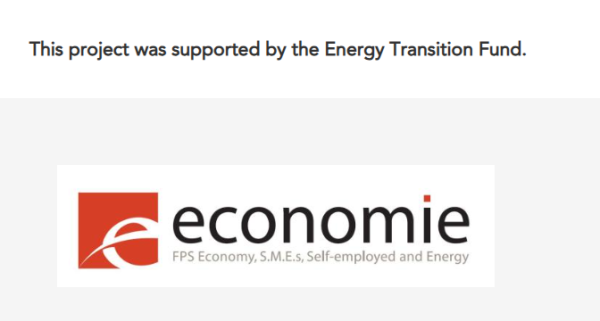New publication on hydrogen networks!
Since the Trilate project launched in 2021, several contributions have been made on the field of industrial clustering, industrial processes, energy infrastructure.
Recently, a new publication was launched on hydrogen networks in Belgium. The paper considers the different cost options for importing hydrogen and the impact on the structure of the network in Belgium. Discover the full publication on the link below!
https://lirias.kuleuven.be/retrieve/719471
The European Union’s green deal and European Climate law have set a target for the EU to become climate neutral by 2050. The transition to climate neutrality must be balanced with other priorities such as energy security to strengthen the EU’s industry and energy system to create a level playing field in comparison with other countries outside the EU. Following the recent REpowerEU plan, hydrogen is a crucial candidate to reduce the emissions of the so-called hard-to-abate sectors that cannot be easily electrified. In particular, one can think of the industries where hydrogen can be used both as fuel and feedstock such as steel making, green fertilizer production, methanol synthesis and refineries. Belgium, the Netherlands, and North Rhine Westphalen (Germany) are currently the regions with the most concentrated hydrogen demand in Europe. However, the supply of cheap and green electricity for commercially viable production of green hydrogen is scarce in these countries. Therefore, options for large-scale hydrogen import from regions with higher renewable potential or low carbon “blue” hydrogen production are currently being considered. To obtain crucial insights on the required capacities and investments for potential deployment of the hydrogen-related technologies and pipeline networks, one should technically and economically investigate the different processes for renewable hydrogen production, and develop various roadmaps to deliver these renewable molecules to the demand clusters. In this study, an energy system investment and operational optimization model has been developed with high spatial resolution in the industrial clusters to analyze the Fluxys 2030 roadmap in Belgium for connecting the potential hydrogen production and import hubs to the demand nodes. Hypatia as an energy system modelling framework has been used following a linear programming technique with the objective function of minimizing the total discounted system cost to obtain the optimize future capacity of hydrogen network and hydrogen production technologies. In the first case study, the future non-energy hydrogen demand of industries located in the areas of Antwerp, Ghent and Mons has been considered based on the data taken from a project funded by European Commission called AidRES where the demand for hydrogen as potential future feedstock has been calculated in the steel, ammonia, methanol and refinery industries towards 2050. The case study starts from a greenfield in Belgium, i.e., without accounting for existing capacities and it is constrained by the network typology given by Fluxys. The green hydrogen production routes from renewables connected to PEM electrolyzers have been included in all the regions modelled in this case study, considering their resource availability and renewable technology’s (such as PV, onshore and offshore wind turbines) maximum technical potential. On the other hand, blue hydrogen production has only been included in the Antwerp area, where there have been already some steam-methane reforming (SMR) capacities for grey hydrogen production.

